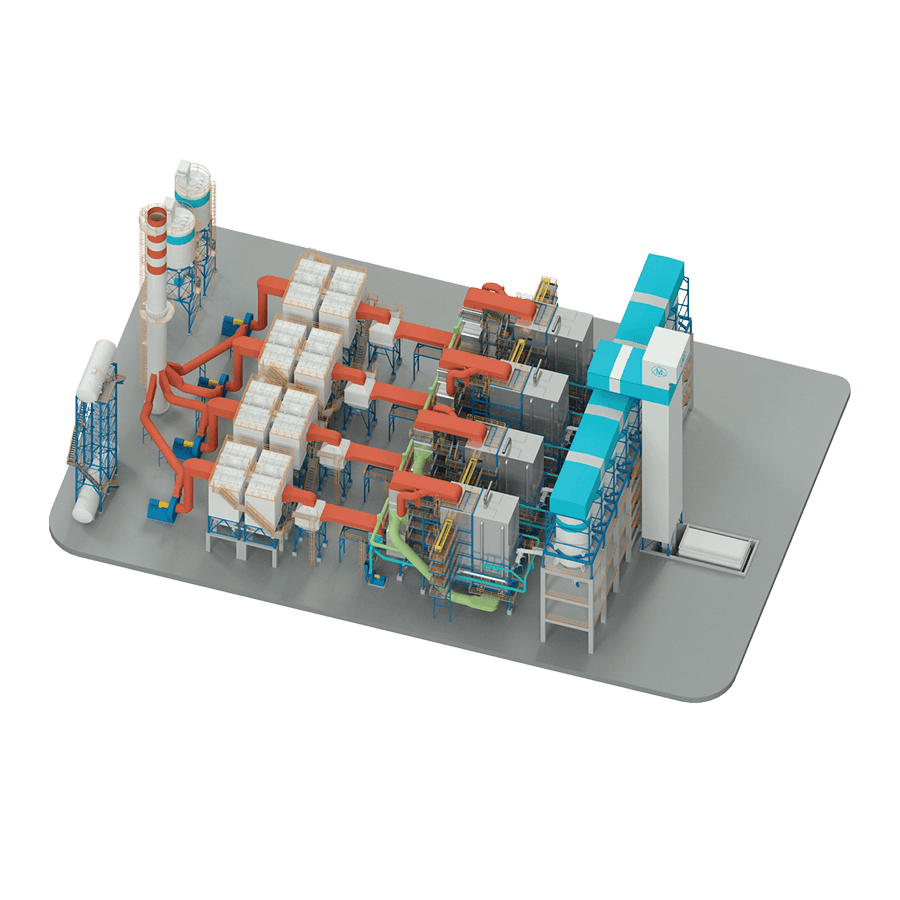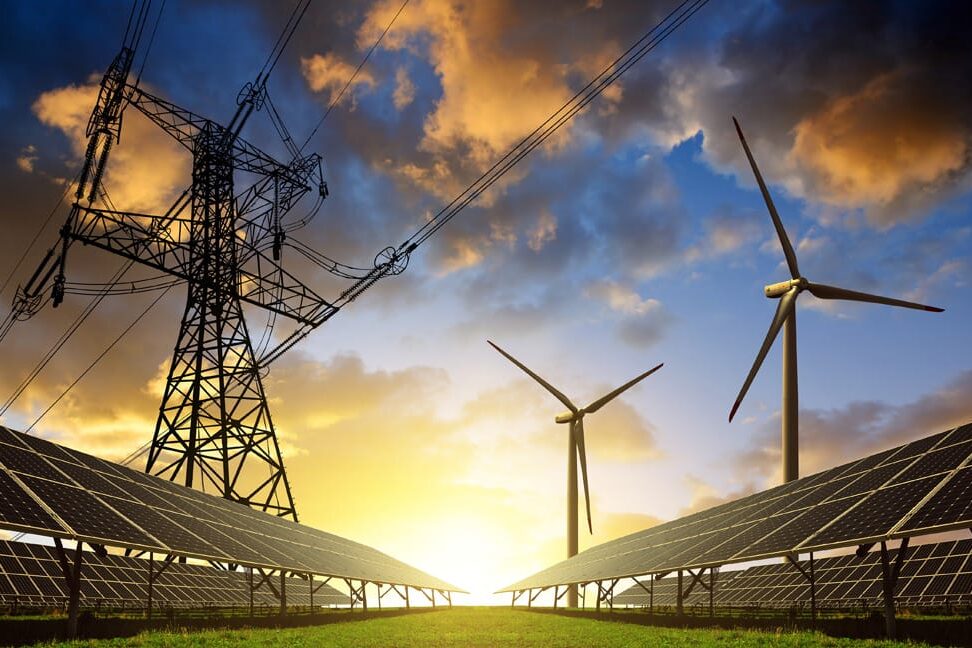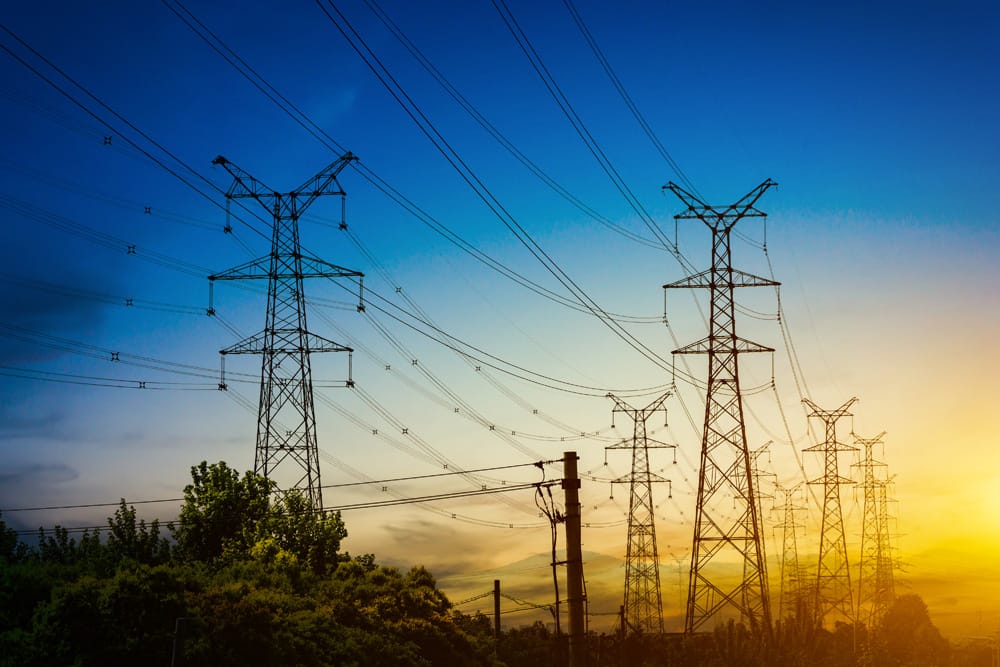“This article analyzes the potential and challenges of biomass energy production in ASEAN, with concrete examples and transparent citations from reputable sources.”
Biomass Energy Potential in ASEAN – A Green Leap in Energy Production
🌿 General Introduction
Biomass energy is the main keyword explored in this article – synonymous with bioenergy or energy from biomass. It is a renewable energy solution that utilizes agricultural and forestry residues to generate electricity and biofuels.
According to the ASEAN Centre for Energy, the region has the potential to utilize more than 500 million tons of biomass annually, equivalent to over 8,000 million gigajoules – a massive untapped energy potential ACCEPT. Hence, developing biomass energy not only serves renewable energy goals but also promotes Clean Power for Electric Vehicles in the future.
1. Overview of Biomass Energy Potential in ASEAN
🌱 1.1 Biomass Resource Potential
-
ASEAN possesses abundant biomass sources such as rice straw, husks, bagasse, palm shells, and wood waste. These are the primary raw materials for biomass energy production ResearchGate.
-
Studies show that in 2018 alone, bioenergy potential in five major ASEAN countries (Indonesia, Malaysia, Thailand, Vietnam, Myanmar) reached at least 7.1 EJ/year, capable of replacing 2.8 EJ of fossil fuels and reducing 442 million tCO₂/year by 2050 irena.org.

⚡ 1.2 Market Size and Growth
-
The biomass market in Southeast Asia reached about USD 3.68 billion in 2023 and is expected to grow to USD 7.79 billion by 2030 with a CAGR of ~11.9% grandviewresearch.com.
-
Countries such as Thailand and Indonesia have already invested in biomass power plants that are both cost-effective and scalable.
2. Leading Countries in Biomass Applications in ASEAN
🇹🇭 Thailand: Proactive Biomass Integration in Energy
-
In 2023, biomass energy accounted for 60.7% of Thailand’s total renewable power capacity, mostly derived from agricultural residues like sugarcane and corn husks en.wikipedia.org.
-
According to the Alternative Energy Development Plan 2036, Thailand plans to increase biomass capacity by over 260% compared to 2015.
🇻🇳 Vietnam: Utilizing Bagasse and By-products
-
Vietnam has significant biomass potential from rice straw, bagasse, and livestock waste – around 23 million tons/year, contributing ~30% of total energy potential en.wikipedia.orglinkedin.com.

-
In 2020, grid-connected biomass capacity in Vietnam reached ~175 MW, mainly from sugarcane thermal plants, accounting for ~1% of electricity generation – projected to reach ~2.1% by 2030 en.wikipedia.org.
🇵🇭 Philippines: San Carlos BioPower as a Model
-
The San Carlos BioPower biomass plant (20 MW) in Negros Occidental, Philippines supplies electricity to over 212,000 people and reduces >16,000 tCO₂/year en.wikipedia.org
-
South Negros BioPower (25 MW) also reduces >20,000 tCO₂/year and contributes to the local economy en.wikipedia.org.
3. Benefits of Biomass Energy for ASEAN
🌍 3.1 Supporting Renewable Energy and Clean Power for Electric Vehicles
-
Biomass is a stable renewable energy source capable of producing electricity and biofuel.
-
Biofuels currently meet nearly 10% of road transport energy demand in ASEAN—about double the global average
-
When integrated with modern grids, biomass energy can effectively support charging for EVs and electric vehicles.
🌱 3.2 Emission Reduction and Promoting Circular Economy
-
Utilizing agricultural residues as biomass helps reduce waste, protect forests, and lower CO₂ emissions.
-
According to IRENA, sustainable biomass use could save more than 442 million tCO₂ per year by 2050.
4. Major Challenges to Address
⚠️ 4.1 Deforestation Risks and Raw Material Standards
-
Wood pellet exports from Indonesia have been criticized for links to deforestation. Over 60% of biomass exported to South Korea and Japan between 2021–2023 originated from exploited primary forest areas.
-
For sustainable development, raw materials should be strictly controlled—preferably from agricultural residues rather than harvested natural forests.

💰 4.2 Costs and Competition with Other Energy Sources
-
According to Ember, current electricity from solar, hydro and geothermal sources is significantly cheaper than biomass and coal.
-
In Vietnam, biomass electricity purchase prices (~7–8 US¢/kWh) are lower than in Thailand and the Philippines, making investment less attractive.
🏗️ 4.3 Regulations and Public Awareness Still Unclear
-
ASEAN countries need clear policies and legal frameworks on source certification, clean standards, support for biofuel investment and biomass co‑firing with coal.
-
The APAEC 2026–2030 phase aims to strengthen MEPS and energy efficiency—biomass must be effectively integrated into these plans.
5. Recommendations and Future Trends
✅ 5.1 Increase Investment in Biomass and Co‑Firing
-
Coal plants can co‑fire biomass at 5–10% of fuel input to reduce emissions. Indonesia targets deployment across 52 coal plants with a total of 8 million tons of biomass per year.
🤝 5.2 Regional Cooperation and Biomass Standards
-
ASEAN needs to establish clean raw material standards and compliance assessments. Cooperation with entities such as IEA, ASEAN Centre for Energy and IRENA is essential for developing joint international strategies.

🚀 5.3 Scaling Up Biofuel and SAF Production
-
Using agricultural biomass (e.g. rice straw, bagasse) to produce biofuel and SAF (sustainable aviation fuel)—ASEAN has the potential to become a sustainable aviation fuel hub from agricultural residues.
Conclusion on ASEAN’s Biomass Energy Production
Developing biomass energy is key for ASEAN to achieve renewable energy goals and supply clean power for electric vehicles. With its existing biomass resources, countries can drastically cut emissions, promote a circular economy, and diversify clean power sources. However, realizing this potential requires the right policies, control standards for raw materials, and effective investment promotion. If properly guided, ASEAN could become a sustainable global biomass energy hub.
(Vn‑Industry)
Source: Compiled summary
Homepage: https://vn‑industry.com




















